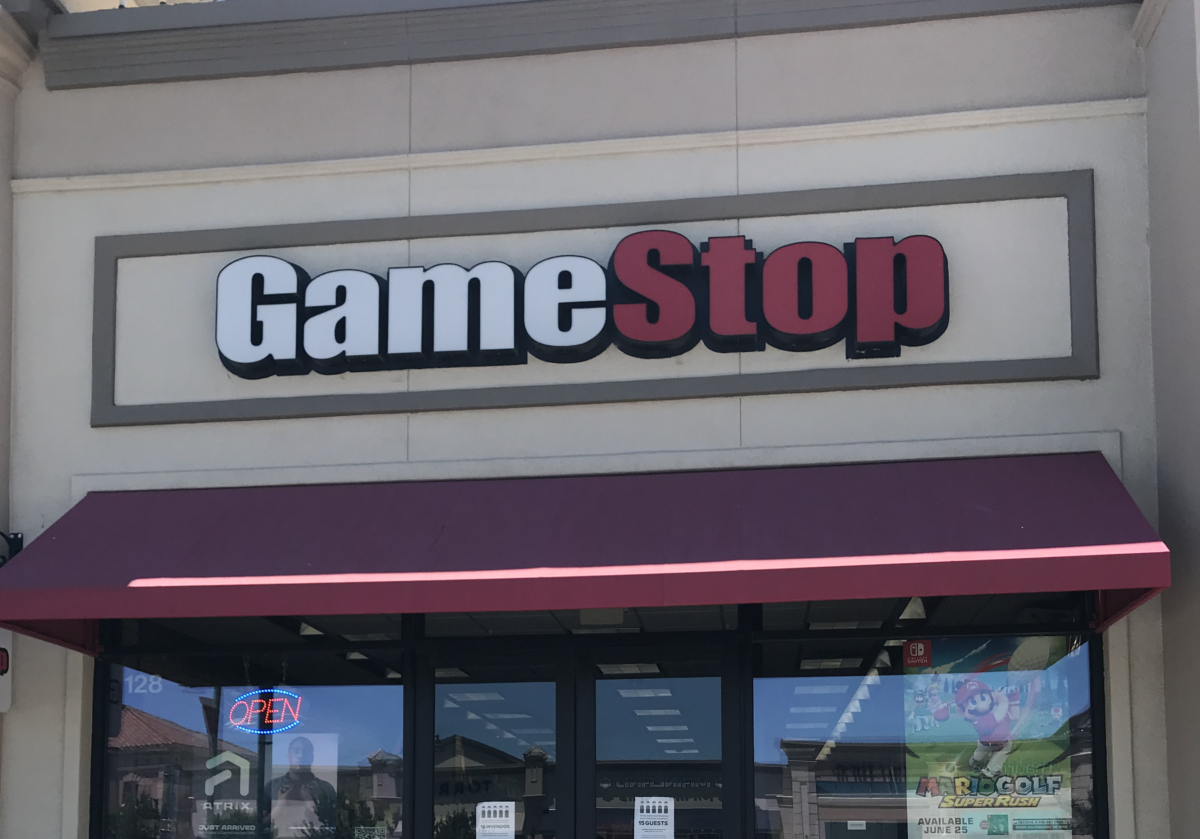by Fred Fuld III
Yesterday, the Dow Jones Industrial Average tanked by around 1200 points, the biggest drop since June 2020. The technology stocks were heavily hit.
This may create a buying opportunity for tech stocks that are heavily shorted.
Do short squeeze stocks actually go up?
On August 22, 2022, I posted an article about meme related short squeeze stocks, and pointed out Bed Bath and Beyond (BBBY) after it had its big run-up. In exactly one week after the article was posted, the stock jumped by more than 43%.
Another stock that was described was Intercept Pharmaceuticals, Inc. (ICPT), which increased by almost 5% in just two days.
The stock with the biggest short ratio (days to cover), at 14.3, was Heron Therapeutics, Inc. (HRTX). It rose by 9.5% in three days.
When you short a stock, it means that your goal is to make money from a drop in the price of a stock. Technically, what happens is that you borrow shares of a stock, sell those shares, then buy back those shares at a hopefully lower price so that those shares can be returned. This all happens electronically, so you don’t actually see all the borrowing and returning of shares; it just shows up on your screen as a negative number of shares.
Short sellers can be profitable, but sometimes when the stock moves against them, and begins to rise, the short sellers jump in right away to buy shares to cover their positions, creating what is called a short squeeze. When a short squeeze takes place, it can cause the share prices to increase fast and furiously. Any good news can trigger the short squeeze.
Some traders utilize this situation by looking for stocks to buy that may have a potential short squeeze. Here is what a short squeeze trader should take into consideration:
Short Percentage of Float ~ The float is the number of freely tradable shares and the short percentage is the number of shares held short divided by the float. Amounts over 10% to 20% are considered high and potential short squeeze plays.
Short Ratio / Days to Cover / Short Interest Ratio -This is probably the most important metric when looking for short squeeze trades, no matter what you call it. This is the number of days it would take the short sellers to cover their position based on the average daily volume of shares traded. This is a significant ratio as it shows how “stuck” the short sellers are when they want to buy in their shares without driving up the price too much. Unfortunately for the shortsellers, the longer the number of days to cover, the bigger and longer the squeeze.
Short Percentage Increase ~ This is the percentage increase in in the number of short sellers from the previous month.
The following are some heavily shorted tech stock that may be worth considering.
| Company | Symbol | Short % of Float | Short % Change | Short Interest Ratio |
| Asana, Inc. | ASAN | 20.59% | 15% | 4.3 |
| Avaya Holdings Corp. | AVYA | 33.68% | 57% | 1.5 |
| Ebix, Inc. | EBIX | 24.67% | -1% | 11.2 |
| iRobot Corporation | IRBT | 25.60% | 10% | 7 |
The first stock on the list, Asana (ASAN), a San Francisco based work management software company, has over 20% of its float shorted, an increase of 15% over last month. This is considered a daily substantial amount.
The short interest ratio is 4.3, which means that it would take the short sellers more that four days to cover their position, based on recent average volume.
The Massachusetts based robot maker iRobot (IRBT) is even more heavily shorted with in excess of 25% of the float shorted. It will take seven days for the short sellers to cover their positions.
Just keep in mind that just because a stock has good earnings ratios and is heavily shorted, doesn’t mean that the stock will go up, especially in a bear market. Also, stocks that are significantly shorted may be shorted for a reason.
Disclosure: Author didn’t own any of the above at the time the article was written.






